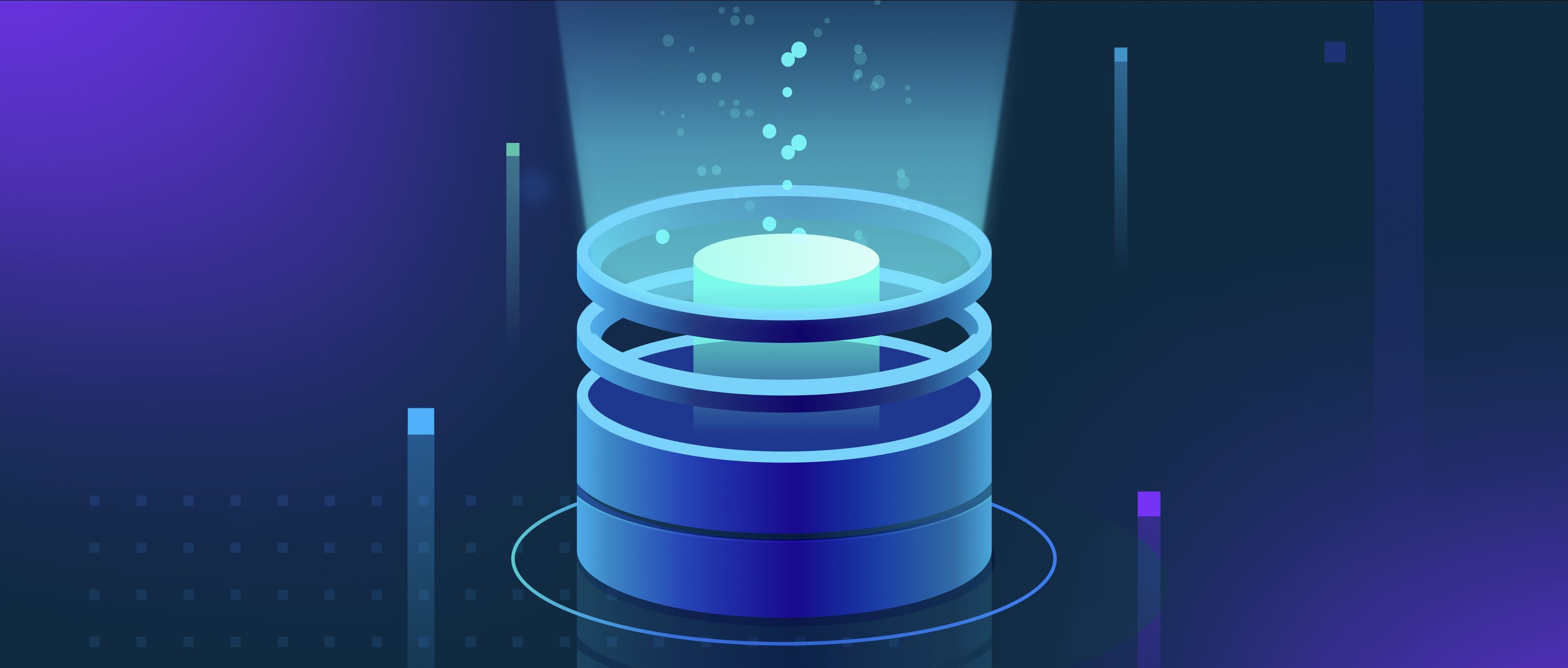Stream processing supports dynamic data models by enabling real-time data handling and analysis, accommodating changes in data structure without significant disruption. Unlike traditional batch processing, where data is collected over a period before analysis, stream processing allows applications to process data continuously as it flows in. This means developers can easily adapt to varying data types and structures that arrive in streams, making it suitable for scenarios where data is not static, such as sensor data, user activity logs, or social media feeds.
One key benefit of stream processing is its ability to handle schema changes on-the-fly. For instance, if a new field is added to a data source, stream processing tools like Apache Kafka or Apache Flink can immediately start processing incoming data with this new structure. This flexibility allows developers to modify applications without needing to stop the entire system or restructure the data flow, which is often a challenge in more traditional data management systems. Use cases like e-commerce applications that analyze user behavior in real-time can easily adapt to new customer attributes, enhancing the overall user experience.
Moreover, stream processing supports dynamic data modeling through its inherent capability to perform windowing and aggregation functions. Developers can define various time windows (e.g., sliding, tumbling) to analyze data over specific periods. For example, if a streaming application needs to track the average purchase value of users over the last 10 minutes, it can aggregate and calculate this dynamically as new transactions come in. This adaptability allows applications to respond to different business requirements as they evolve, thus ensuring that the analytics remain relevant and actionable based on real-time data trends.
